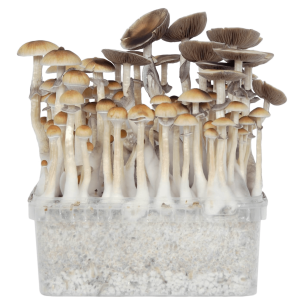They can be a delicious meal, or a deadly poison. They feed off death and decay, and yet their digestive powers could be key to minimizing some of the destruction us humans have wreaked on the world.
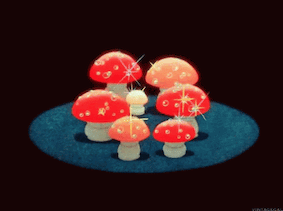
Shrooms And The City
Psychedelic mushrooms usher in a whole load of other kooky contradictions too — did you know the very psychedelic compound that makes us feel closer to nature when we ingest it was probably evolved by psilocybin shrooms to stop animals chowing down on them (nice try fungi!) And, another mysterious contradiction that is sprouting more evidently of late, is that although humanity unfortunately continues to pave, turf and sterilize the world into a concrete jungle, psychedelic mushrooms seem to be loving it. Recent reports marvel at how magic mushrooms are popping up in the most urban of settings — inner city parks and gardens, on the edges of roadsides — the list goes on.
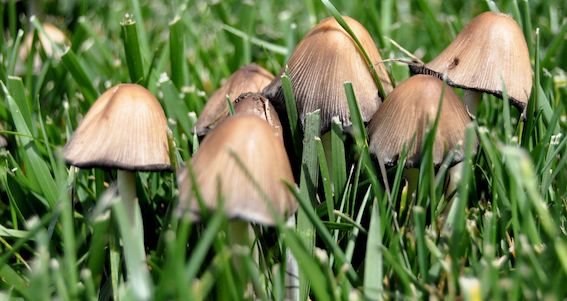
But why are these trippy shrooms so keen to grow in your garden? And, how did they get there in the first place?
Magic mushrooms are a fascinating organism. And it’s for even more than the obvious (trippy) reasons. Recently they appear to be growing in symbiosis with humans. It’s true! The specimens that are popping up in these urban environments are not natural to them. These are the Psilocybe cyanescens, Psilocybe allenii, and Psilocybe ovoideocystidiata, which today you can find everywhere from Golden Gate Park in San Francisco, to Kew Gardens in the UK, and many other urban areas across Europe, the US, Australia, New Zealand and more.
Why The Urban Shroom Boom?
Although assumed to have originated around the Pacific Northwest and Midwest areas of the US, these mushrooms usually grew relatively sparsely on more rural dunes and creeks before they became commonplace in the gardens of Calfornia et al. So, what’s behind it?
Well, the answer is simple — wood chips. Wood chips and mulch to be precise. Yes, the core ingredients of urban gardening have actually found themselves to be far more conducive to growing shrooms than their original natural environments!
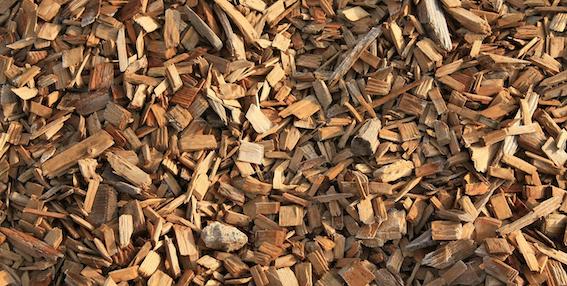
Mycologist Alan Rockafeller explained to National Geographic;
“They really like it if the wood chips are irrigated, I definitely see them in the wood chip beds of Golden Gate Park. Office parks are also a really good habitat… you will see them at the police station and city hall.”
Wood Chips and Fungi – A Match Made In Heaven
Wood chips actually have actually made life easier for our psychedelic fungi friends — these mushrooms prefer wood that has had most of the nutrients such as sugars and cellulose stripped from it by other organisms. Additionally, the mycelium root structures have it far easier simply sliding between the wood chips, rather than having to force their way around harder natural wood.
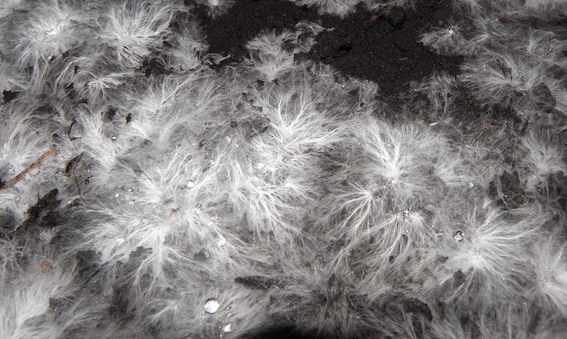
Jason Slot, a biologist studying fungal evolutionary genetics at Ohio State University, also interviewed by National Geographic said;
“They exist because of the environments that we make. Wherever they came from, who knows if we’ll ever know. The cyanescens are just following where we mulch.”
How Did They Get There?
And in Slot’s point lies another question. Where did they come from? Sure, they are thriving in those mulchy and wood chippy gardens and parks. But how did they get into those chips in the first place? Well, also as Slot said — we may never know. But there are some theories.
Firstly, an explanation is that they are spreading the natural way — through the air. When mushrooms release their spores from under their cap they are caught by the breeze and are sent swirling through the air. If they land on the right surface (i.e some nice unattended wood chips) they are good to grow. However, this alone could not account for their new prevalence.
Another explanation is the theory that many mycologists have, that the wood chip/mulch supply chain has become infested with mycelium. Hence, wherever the wood chips are sent, the shrooms go too. In 2001, two British mycologists even published a study, tantalizingly named ‘Aliens in the flowerbeds: The fungal biodiversity of ornamental wood chips’, which put forward this very theory. Although unproven, at this point it’s pretty darn likely.
Finally, another explanation is that most of this migration is due to humans coveting the psychedelic properties of these shrooms and transporting them around the world. Dispersing the spores purposefully to cultivate more psychedelic treats.
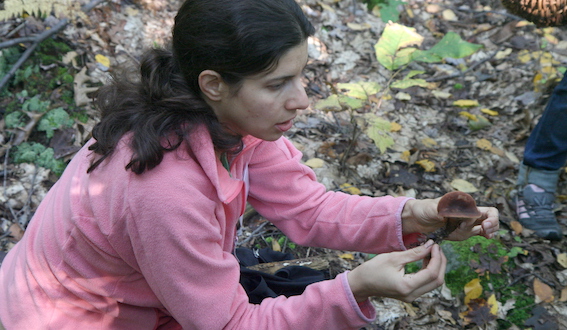
When you look at all these theories, it’s likely they are all true. A combination of all three. Some wood chips may get infected naturally by spores on the wind, others by human intervention. Once the shrooms begin to grow in the infected wood chips again a mix of nature and human fiddling spread them further still.
The cycle continues, and the mycelium waits in the mulch pile.
Nature Works In Mysterious Ways
Again, it is easy to mythologize these mushrooms. In the oh-so concrete, tarmacked world we have created, mental health issues are more prevalent than ever, and psychedelic mushrooms are being touted as what might just save us. Their depression, PTSD, addiction and anxiety treating properties, as well as their ability to make us feel more connected with the world at large, could help us find a path back to a kinder and more natural way of being. It’s easy to imagine that the shrooms know this… it was their plan all along perhaps.

Conspiracy theories about superhero shrooms aside, it is captivating. As mushroom forager and chemist Jordan Jacobs told National Geographic;
“Humans do extremely unnatural things—erecting large concrete jungles where we lay down copious amounts of wood chips. It’s fascinating that a psychoactive mushroom that has potential long-lasting effects on human consciousness has decided that this ecological niche suits it well.”
As we said at the very top — nature is a curious thing, working in mysterious ways. Perhaps in the near future we will begin to regain the balance of the planet — and mushrooms will surely help us.
Why not go down to your local park or back yard? You could be in for a trippy surprise!
P.s. if you are going magic mushroom hunting, make sure you go with a mycologist or someone who knows their stuff. We do not recommend munching on random mushrooms! That’s why we recommend our magic mushroom grow kits — you always know what you’re getting.
